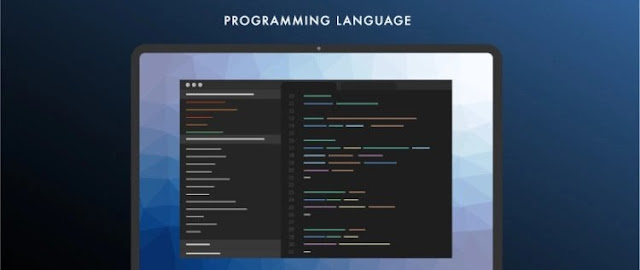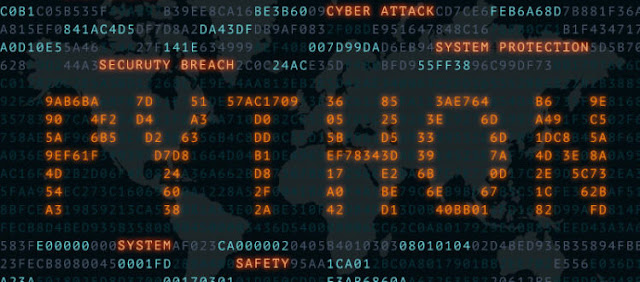In today’s digital day and age, when everything is connected, keeping company assets safe and secure is of the highest priority. With a slew of cyber threats lurking at every corner of the digital highway, being proactive rather than being reactive is the call of the hour. This is where cyber threat intelligence steps in.
What is Cyber Threat Intelligence
Cyber threat intelligence enables an organization to identify and analyze potential threats to its systems. In a nutshell, cyber threat intelligence analysis is all about going through mountains of data to pinpoint problems/vulnerabilities and deploying effective solutions to remedy these issues. The role of a Cyber Threat Intelligence Analyst is to use the latest tools & techniques to analyze threats, while using historical knowledge to create appropriate countermeasures.
Types of Cyber Threats
There is no one reason for a cyberattack. The motives range from money and daring to hacktivism and state-sponsored cyberwarfare. Having said that, cyber threat intelligence analysis can be employed on most cyber threats. These include:
◉ Malware
One of the most prevalent forms of attack vectors is a malware attack. Malware is a term that is used to describe hostile software, such as viruses, ransomware, worms, spyware, etc. These malicious software are designed to infiltrate targeted networks via clicks on dubious web links or emails.
◉ Phishing
Phishing entails fraudulent emails masked as authentic ones, wherein the attacker’s goal is to glean personal information from unsuspecting users. This information includes login credentials, credit card details, etc.
◉ DOS
Also known as denial-of-service attack, the DOS method is deigned to overwhelm networks, servers, and systems with traffic. This leads to excessive use of resources and bandwidth, thereby denying access to the systems or websites to authentic users.
◉ Zero-day exploit
A zero-day exploit is a vulnerability in a network or system that though declared is yet to be patched. An attacker can leverage the zero-day exploit and infiltrate the system between the time of the announced vulnerability and the launch of a patch.
Types of Cyber Threat Intelligence
Although cyber threat intelligence encapsulates an overall understanding of potential cyber threats, the methodology differs from scenario to scenario. Let’s take a look at the types of cyber threat intelligence analysis used across domains.
◉ Strategic threat intelligence
This threat intelligence model gives an overview of the collective threat landscape to an organization. Strategic threat intelligence is aimed at high-level management and decision makers to take the necessary steps to reinforce the company’s cybersecurity planning. This model relies on easy-to-understand threat intelligence reports based on whitepapers, research reports, and policy documents issued by government organizations and think tanks.
◉ Tactical threat intelligence
Tactical threat intelligence focuses on the attacker rather than the attacks. This cyber threat intelligence model works on the principle of tactics, techniques, and procedures (TTPs) of an attacker. The goal of tactical threat intelligence is to enable a cyber threat intelligence analyst to understand how an attacker might carry out a cyberattack on the organization and what steps to deploy to mitigate the damages. This model is inclusive of technical documentation that is used by system administrators and system architects to strengthen their cybersecurity strategies.
◉ Operational threat intelligence
This cyber threat intelligence model is all about analyzing the nature, motive, and the attack vectors used in a cyberattack. Operational threat intelligence focuses on the vulnerabilities exploited and the attacker’s command and control structure. Also referred to as technical threat intelligence, this model helps defenders learn from earlier attacks and formulate more robust cybersecurity strategies for the future.
Cyber Threat Intelligence Lifecycle
Now that we’ve covered what cyber threat intelligence is and the types of threat intelligence used in cyber defense, let’s now look at the life cycle or the phases involved in the cyber threat intelligence process. The threat intelligence life cycle involves the processes that enable cyber defense professionals to make sense of raw data and turn it into actual intelligence.
1. Planning: The first step towards gaining actionable cyber threat intelligence is to gain a clear understanding of your threat intelligence aims. These objectives are ascertained based on your target audience, i.e., whether the cumulated threat intelligence is for the resident ‘Blue Team’ or the executive management, who can take the final call on your organization’s cybersecurity protocols.
2. Gathering raw data: This step is all about data mining in the context of previously encountered cyberattacks as well as from open sources. The cyber threat intelligence analysis focuses on the internal network logs and earlier incident responses to create a clear picture of how the attack unfolded. This information gathering process also makes use of the dark web and technical resources, as well as the open/deep web.
3. Data processing: This process involves the distillation of unfiltered data into information that’s sorted and easy to understand. Filtration of the raw data is the key to finalize the previous step and acts as a stepping stone towards understanding the threats towards an organization.
4. Analysis: This step is where the distilled raw data is processed to make sense of it all. The analysis process looks for security lapses and helps the cybersecurity teams understand the data as per the planning stage.
5. Information dispersal: One of the crucial stages of the cyber threat intelligence life cycle, the information distribution step entails sending the collected intelligence to the right people at the right level of hierarchy at the right time.
6. Feedback: The final stage of the cyber intelligence lifecycle, the feedback phase is the culmination of the above 5 steps, thus complementing the first two stages with an assessment of the validity of the consolidated threat intelligence.
What Is the Role of a Cyber Threat Intelligence Analyst?
As a Cyber Threat Intelligence Analyst, you’ll be tasked to make the best of your technical and cybersecurity knowledge to solve your organization’s threat intelligence concerns. Besides being a pre-emptive force safeguarding the company’s assets, you’ll also handle threat assessment briefings as well as churning actionable and prompt intelligence from a pile of raw data.
Career Prospects for a Threat Intelligence Analyst
Now that you are aware of the practical details of cyber threat intelligence analysis, it’s time to take a good hard look at the career prospects offered by threat intelligence — 9,000+ and counting. Threat intelligence is best suited for:
◉ Ethical hackers
◉ Security analysts, managers, and practitioners
◉ Threat hunters
◉ Security Operations Center (SOC) professionals
◉ Digital forensic professionals and malware analysts
◉ Incident response team members
◉ Mid to high-level security experts with a minimum of two years of experience
EC-Council’s Certified Threat Intelligence Analyst program is designed by intelligence experts and cybersecurity professionals from across the globe. Learn the best techniques and tactics of cyber threat intelligence analysis and become the vanguard to your organization’s cyber defense.
Source: eccouncil.org





























